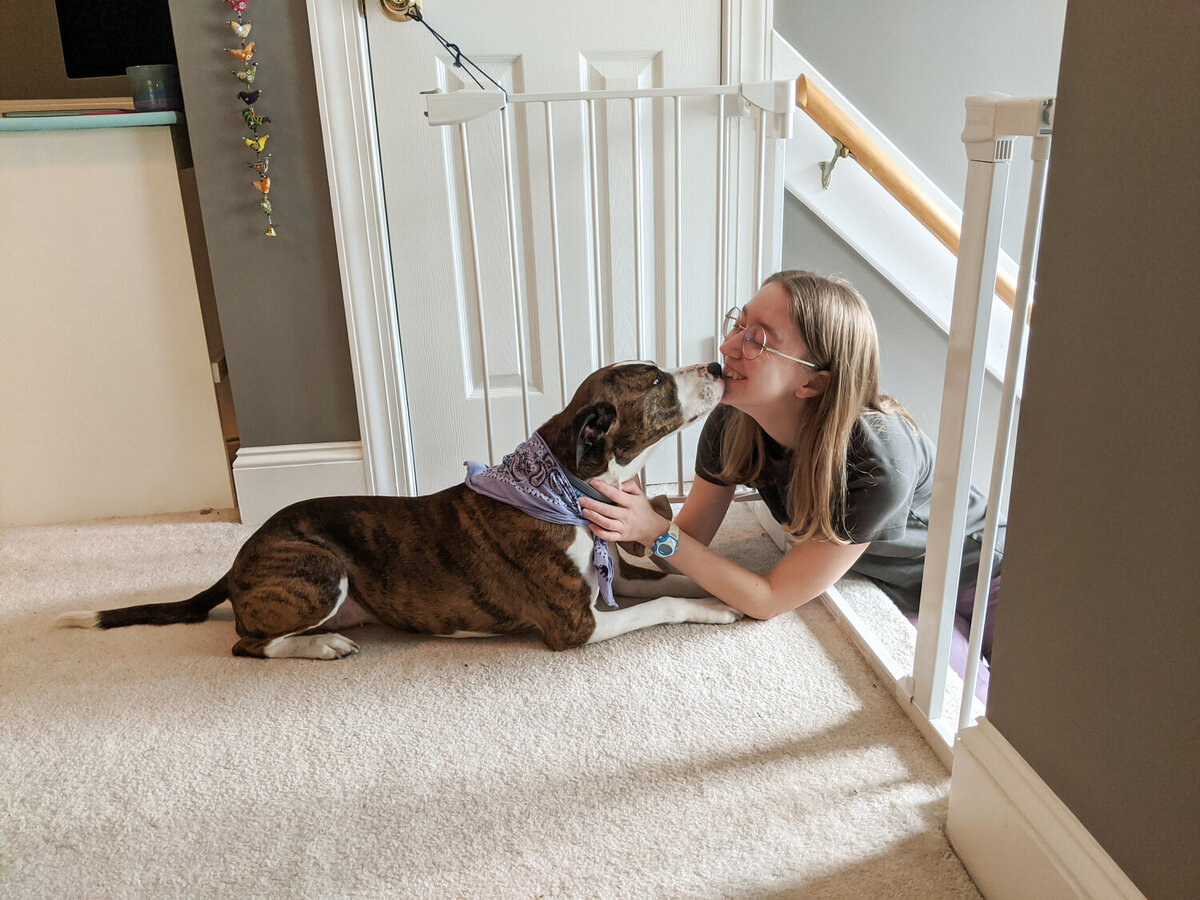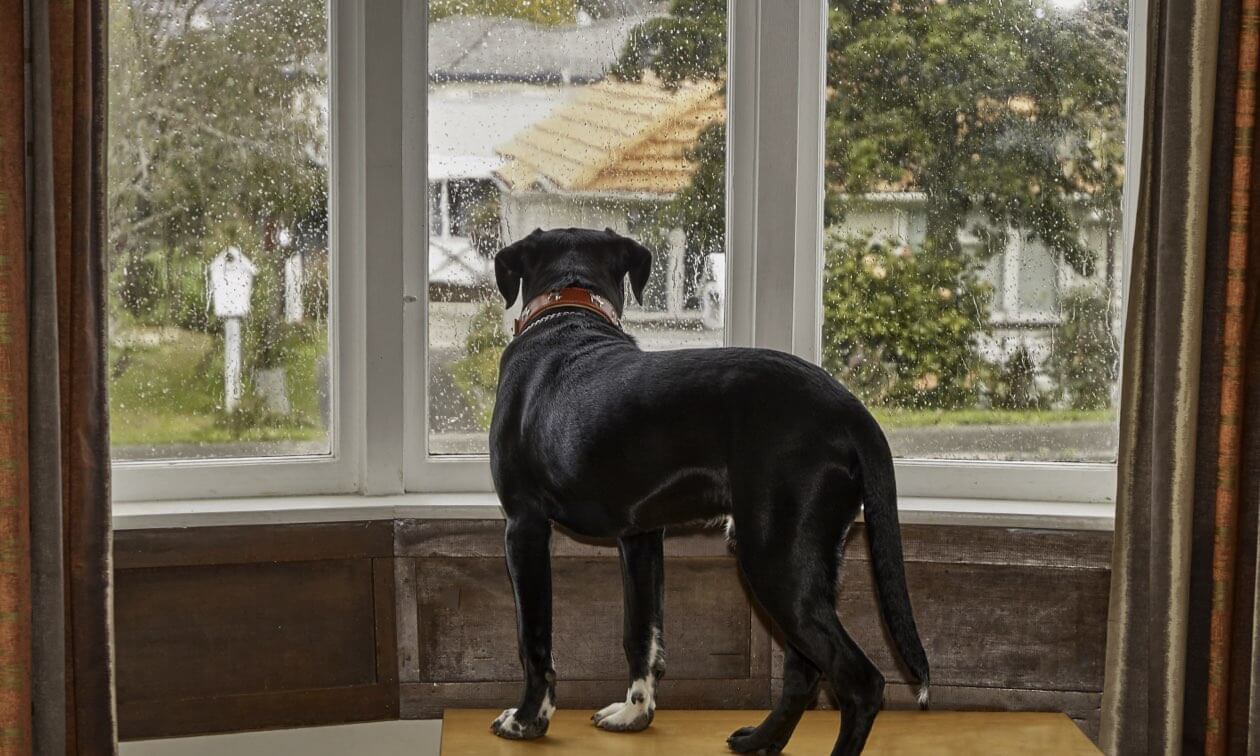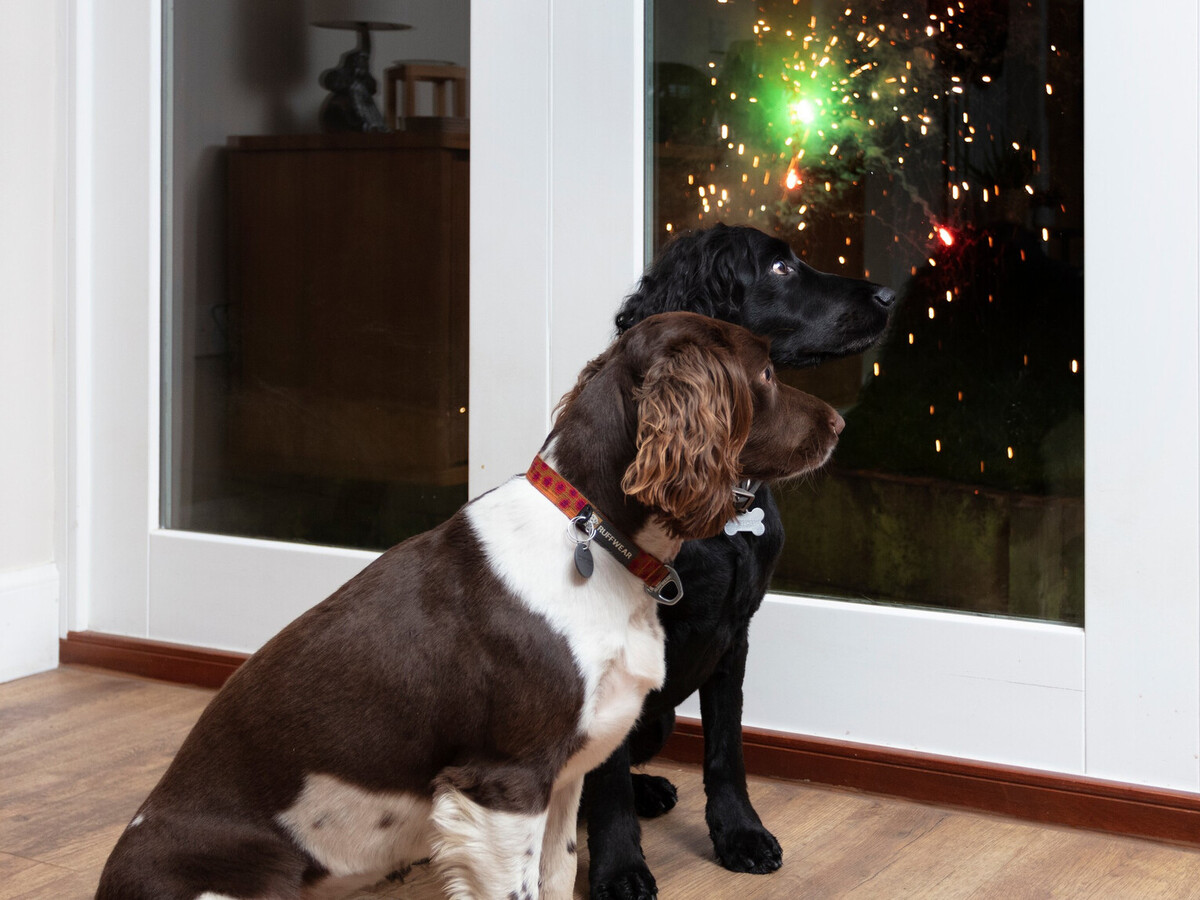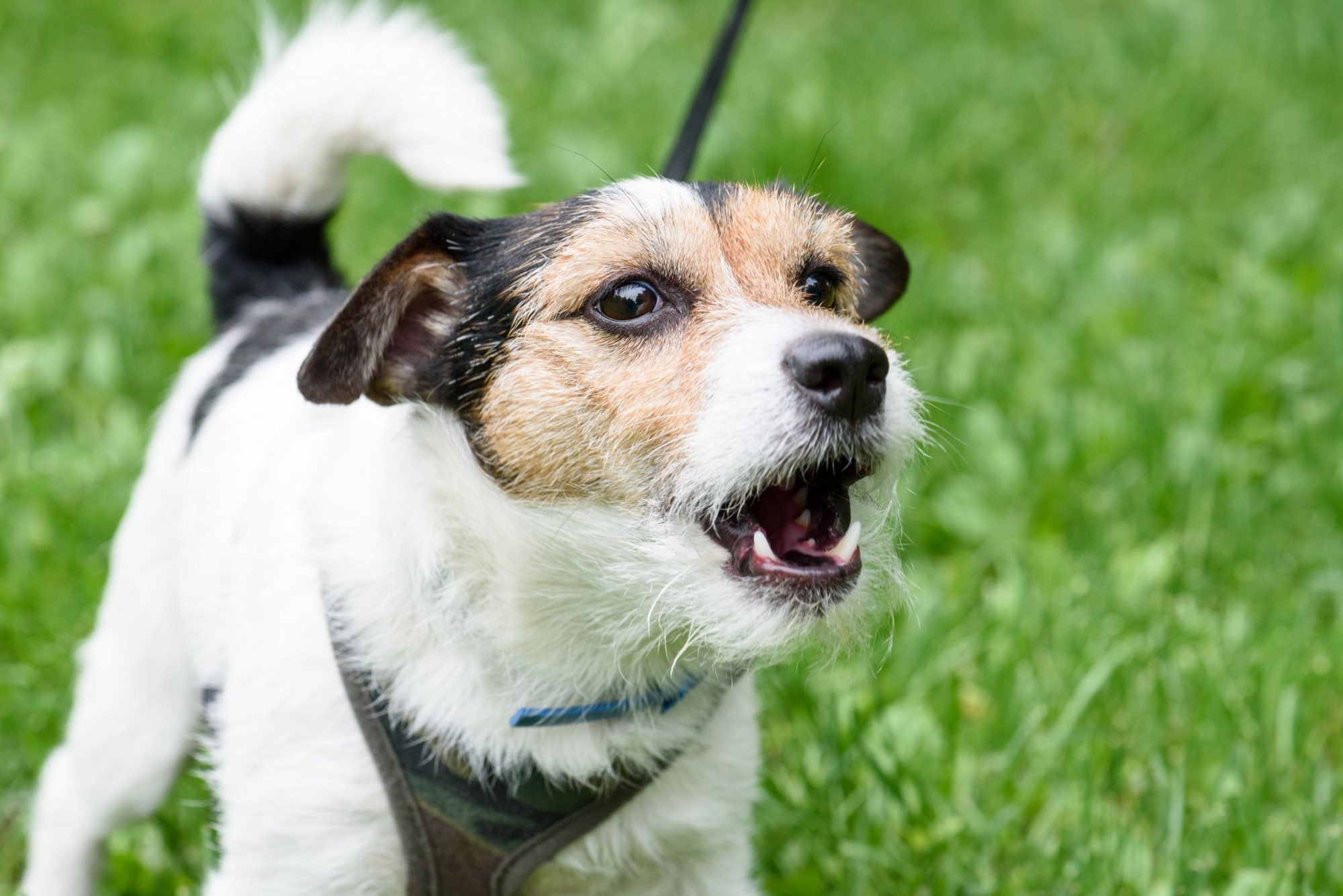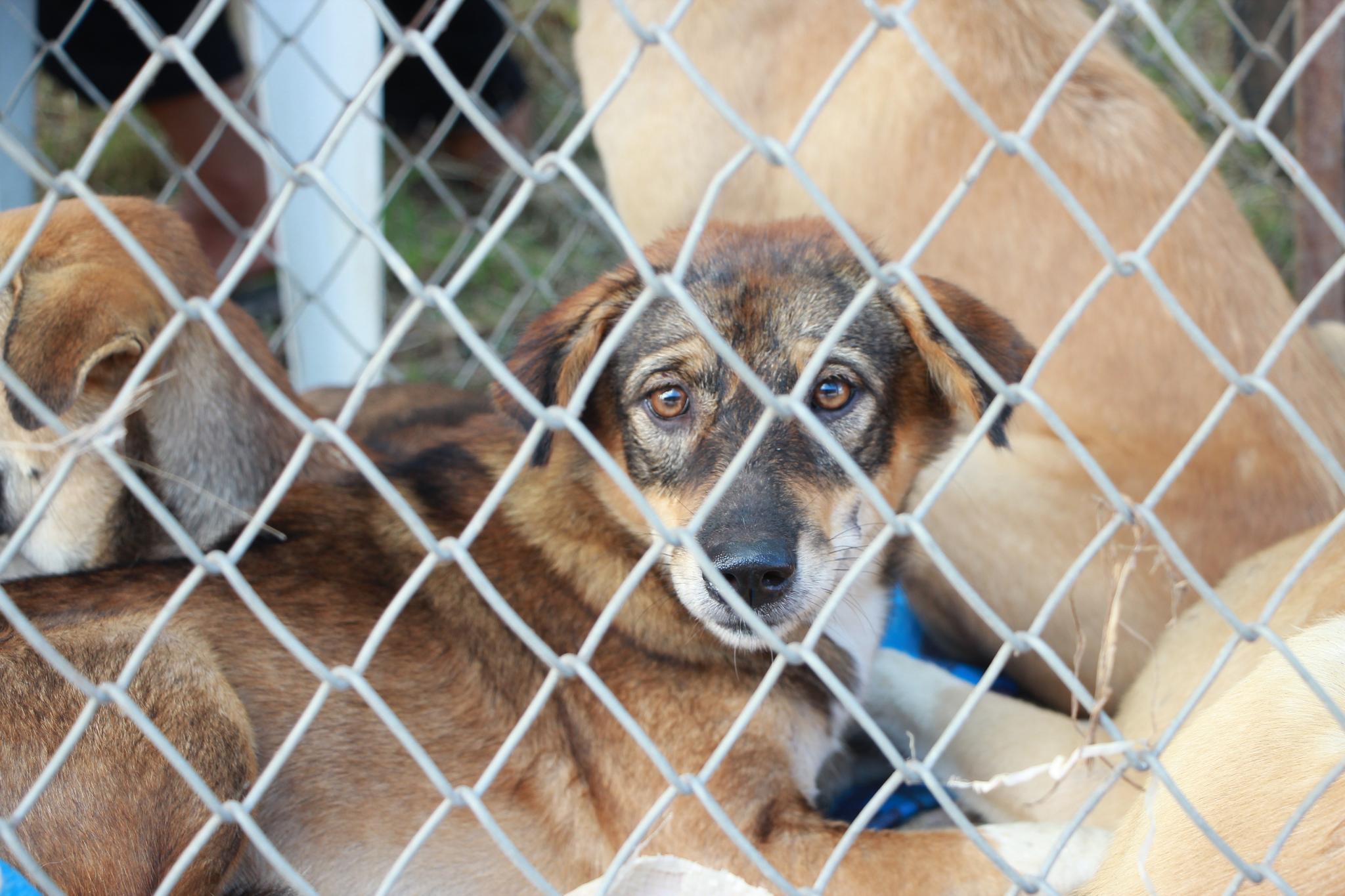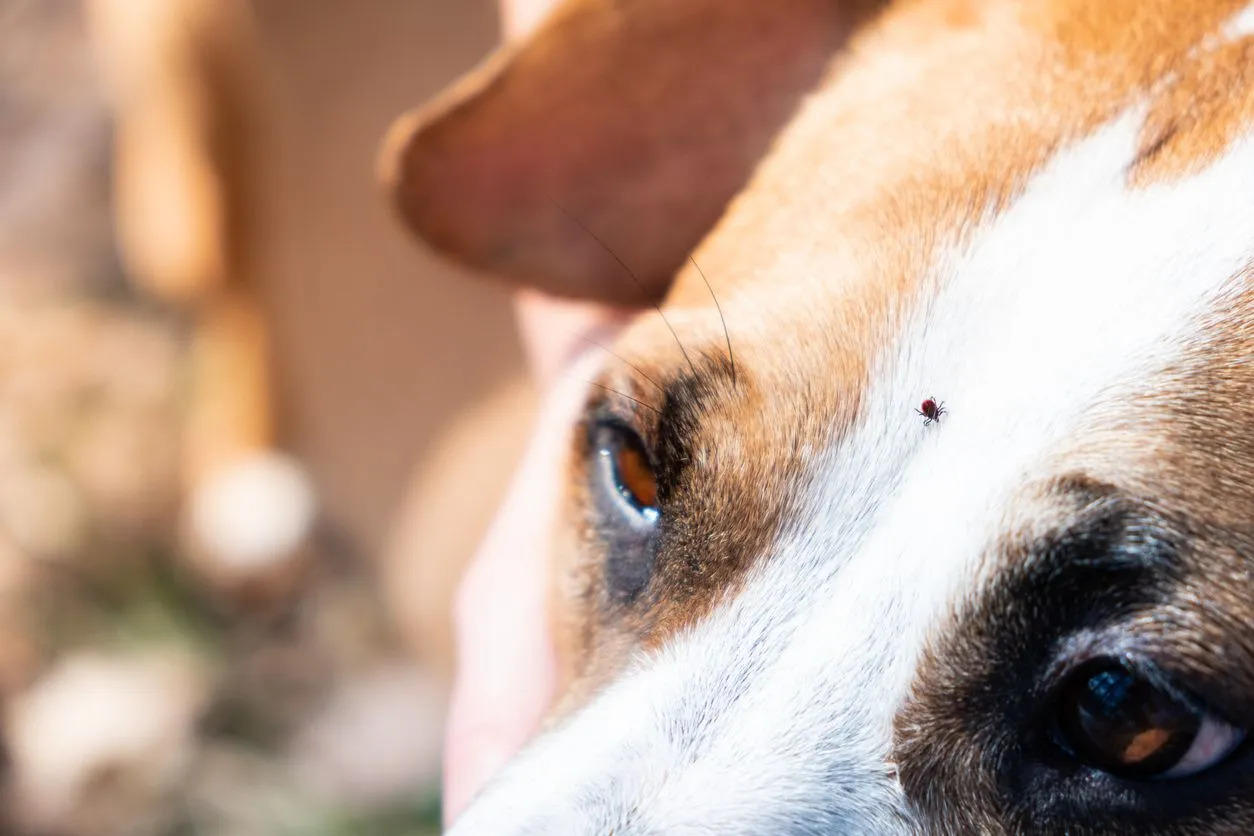Home>Health & Wellness>Behavior & Cognitive Care>What Dogs Don’t Suffer From Separation Anxiety


Behavior & Cognitive Care
What Dogs Don’t Suffer From Separation Anxiety
Published: January 29, 2024
Discover how dogs can overcome separation anxiety with effective behavior and cognitive care strategies. Learn what dogs don't suffer from separation anxiety and how to support your pet's well-being.
(Many of the links in this article redirect to a specific reviewed product. Your purchase of these products through affiliate links helps to generate commission for Pawsomeoldies.com, at no extra cost. Learn more)
Table of Contents
Introduction
Separation anxiety is a common behavioral issue that many dog owners face. It occurs when dogs become distressed and anxious when separated from their owners or left alone. This can lead to destructive behaviors, excessive barking, and other undesirable actions. While separation anxiety can be challenging to address, it's important to note that not all dogs are equally prone to this condition. In fact, there are certain breeds and factors that can mitigate the risk of separation anxiety in dogs.
Understanding the nuances of separation anxiety and the factors that influence its prevalence is crucial for dog owners and enthusiasts. By gaining insights into the breeds less prone to this condition and the strategies for prevention, individuals can provide a supportive and comfortable environment for their canine companions. This article delves into the various aspects of separation anxiety in dogs, shedding light on the breeds that are less susceptible to this issue and the proactive measures that can be taken to reduce the risk for all breeds.
Understanding Separation Anxiety in Dogs
Separation anxiety in dogs is a complex behavioral issue that stems from the strong bond between dogs and their owners. When dogs experience separation anxiety, they exhibit distress and unease when left alone, leading to behaviors such as incessant barking, destructive chewing, and attempts to escape. This condition is more than just a display of disobedience; it reflects the emotional distress and discomfort that dogs endure when separated from their human companions.
The manifestations of separation anxiety can vary widely among individual dogs. Some may exhibit mild symptoms, such as whining or pacing, while others may engage in more severe behaviors, such as destroying furniture or attempting to flee. It's essential for dog owners to recognize these signs and understand that they are rooted in the dog's emotional response to being alone.
The underlying cause of separation anxiety can be attributed to a combination of factors, including a dog's temperament, past experiences, and the dynamics of the owner-dog relationship. Dogs that have experienced abrupt changes in their living situations or have been rehomed multiple times may be more susceptible to developing separation anxiety. Additionally, dogs that have not been adequately socialized or trained to cope with solitude may exhibit heightened anxiety when left alone.
Furthermore, the breed and individual temperament of the dog play a significant role in the likelihood of developing separation anxiety. Breeds that are known for their strong independence and resilience, such as certain terriers and hounds, may be less prone to experiencing separation anxiety compared to breeds that are highly social and reliant on human companionship.
Understanding the nuances of separation anxiety in dogs is crucial for dog owners, as it allows them to approach the issue with empathy and proactive strategies. By recognizing the emotional distress that dogs experience when left alone and acknowledging the multifaceted nature of this condition, owners can take steps to create a supportive and reassuring environment for their canine companions.
In the subsequent sections, we will explore the breeds that are less prone to separation anxiety and delve into the factors that can mitigate the risk of this condition, providing valuable insights for dog owners seeking to foster a harmonious and stress-free relationship with their pets.
Breeds Less Prone to Separation Anxiety
Certain dog breeds are inherently less prone to experiencing separation anxiety due to their independent nature and resilience. Understanding the characteristics of these breeds can provide valuable insights for individuals seeking a canine companion that is less likely to exhibit distress when left alone.
-
Basenji: Known for their cat-like independence, Basenjis are often less prone to separation anxiety. Originating from Africa, these dogs have a strong sense of self-reliance and are capable of entertaining themselves when their owners are away.
-
Basset Hound: Despite their affectionate nature, Basset Hounds are generally less susceptible to separation anxiety. Their laid-back demeanor and ability to find contentment in solitude make them well-suited for periods of alone time.
-
Chow Chow: With their dignified and independent disposition, Chow Chows are known for being less reliant on constant human companionship. They are often content with having their own space and are less likely to experience distress when left alone.
-
Shar-Pei: Shar-Peis exhibit a calm and self-assured demeanor, which contributes to their lower tendency to develop separation anxiety. Their independent nature allows them to adapt well to periods of solitude.
-
Whippet: Whippets are renowned for their athleticism and independent spirit. Their ability to entertain themselves and their moderate energy levels make them less prone to experiencing separation anxiety.
-
French Bulldog: Despite their affectionate nature, French Bulldogs are known for their adaptability and ability to cope with being alone for moderate periods. Their easygoing temperament contributes to their lower susceptibility to separation anxiety.
-
Maltese: While Maltese dogs thrive on companionship, they are also capable of entertaining themselves and are less likely to experience severe separation anxiety compared to other toy breeds.
Understanding the breeds that are less prone to separation anxiety can guide individuals in selecting a canine companion that aligns with their lifestyle and preferences. While breed tendencies provide valuable insights, it's important to remember that individual temperament and past experiences also play a significant role in a dog's likelihood of developing separation anxiety. By considering these factors, dog owners can make informed decisions and create a supportive environment for their pets, fostering a harmonious and stress-free relationship.
Factors That Can Reduce the Risk of Separation Anxiety
Several factors can significantly reduce the risk of separation anxiety in dogs, contributing to a more balanced and contented demeanor when left alone. Understanding and implementing these factors can play a pivotal role in fostering a supportive environment for canine companions, promoting emotional well-being and resilience in the face of solitude.
Early Socialization and Training
Early socialization and positive reinforcement training are instrumental in shaping a dog's ability to cope with separation. Exposing puppies to various environments, people, and experiences during their critical developmental stages can instill confidence and adaptability. Additionally, consistent and gentle training methods that focus on reinforcing independence and calm behavior can help dogs acclimate to periods of solitude.
Establishing a Secure Routine
Creating a predictable and secure routine for dogs can alleviate anxiety associated with separation. Consistent daily schedules for feeding, exercise, and rest provide dogs with a sense of stability and predictability, reducing the stress of being left alone. By incorporating regular, comforting rituals before departure, such as providing a favorite toy or treat, dogs can associate the time alone with positive experiences, mitigating anxiety.
Environmental Enrichment
Enriching the dog's environment with stimulating activities and interactive toys can alleviate boredom and anxiety during periods of solitude. Engaging toys, puzzle feeders, and interactive games can captivate the dog's attention and provide mental stimulation, reducing the focus on the owner's absence. Additionally, creating a comfortable and secure space, such as a designated area with familiar bedding and comforting scents, can offer a sense of security and relaxation.
Gradual Desensitization to Absence
Gradual desensitization to being alone is a key strategy in reducing separation anxiety. By gradually increasing the duration of absences in a systematic and controlled manner, dogs can learn to acclimate to being alone without experiencing overwhelming distress. This gradual approach allows dogs to build confidence and resilience, ultimately reducing the emotional impact of separation.
Positive Reinforcement and Calm Departures
Utilizing positive reinforcement techniques and maintaining a calm demeanor during departures and arrivals can help dogs associate being alone with positive experiences. Offering rewards for calm behavior and refraining from making departures overly emotional can mitigate the stress associated with separation. By creating a positive association with alone time, dogs can develop a more relaxed attitude towards solitude.
By incorporating these factors into the daily care and training of dogs, owners can proactively reduce the risk of separation anxiety, promoting emotional well-being and resilience in their canine companions. These strategies, when implemented with patience and consistency, contribute to a harmonious and stress-free relationship between dogs and their owners.
Tips for Preventing Separation Anxiety in Dogs
Preventing separation anxiety in dogs requires a proactive and empathetic approach that addresses the emotional well-being of canine companions. By implementing thoughtful strategies and creating a supportive environment, dog owners can significantly reduce the risk of separation anxiety and foster a harmonious relationship with their pets.
1. Gradual Alone Time Introduction
Introducing alone time gradually can help dogs acclimate to periods of solitude. Starting with short absences and gradually increasing the duration allows dogs to build confidence and adapt to being alone without experiencing overwhelming distress.
2. Enriching Environment
Enriching the dog's environment with stimulating activities and interactive toys can alleviate boredom and anxiety during alone time. Engaging toys, puzzle feeders, and interactive games provide mental stimulation and divert the dog's attention from the owner's absence.
3. Comforting Departures
Maintaining a calm and reassuring demeanor during departures can help alleviate the dog's anxiety. Creating a comforting departure routine, such as providing a favorite toy or treat, can help the dog associate alone time with positive experiences, reducing distress.
4. Consistent Schedule
Establishing a consistent daily routine for feeding, exercise, and rest provides dogs with a sense of stability and predictability. A structured schedule can reduce anxiety by creating a secure and familiar environment for the dog.
5. Positive Reinforcement
Utilizing positive reinforcement techniques for calm behavior during alone time can help dogs associate being alone with positive experiences. Offering rewards for calm behavior and using gentle, encouraging language can reinforce a sense of security and comfort.
6. Seeking Professional Guidance
For dogs exhibiting severe anxiety, seeking guidance from a professional dog behaviorist or trainer is crucial. These experts can provide tailored strategies and support to address the specific needs of the dog, ensuring a comprehensive approach to preventing and managing separation anxiety.
By incorporating these tips into the daily care and interactions with their dogs, owners can create a supportive and reassuring environment that promotes emotional well-being and resilience. Each dog is unique, and understanding their individual needs and responses to alone time is essential in implementing these preventive measures effectively. With patience, empathy, and a proactive mindset, dog owners can significantly reduce the risk of separation anxiety, nurturing a balanced and contented relationship with their beloved canine companions.
Conclusion
In conclusion, understanding the complexities of separation anxiety in dogs is pivotal for fostering a supportive and empathetic environment for our canine companions. While separation anxiety can pose challenges for both dogs and their owners, it's essential to recognize that not all breeds are equally susceptible to this condition. Certain breeds, such as the Basenji, Basset Hound, Chow Chow, Shar-Pei, Whippet, French Bulldog, and Maltese, exhibit traits of independence and resilience that make them less prone to experiencing distress when left alone.
Moreover, factors such as early socialization, establishing a secure routine, environmental enrichment, gradual desensitization to absence, and positive reinforcement play a crucial role in reducing the risk of separation anxiety in dogs. By incorporating these factors into the daily care and training of dogs, owners can proactively promote emotional well-being and resilience in their pets, fostering a harmonious and stress-free relationship.
Additionally, implementing preventive measures, such as gradual alone time introduction, enriching the dog's environment, maintaining comforting departures, establishing a consistent schedule, utilizing positive reinforcement, and seeking professional guidance when needed, can significantly reduce the likelihood of separation anxiety in dogs. These proactive strategies, when approached with patience, empathy, and consistency, contribute to creating a supportive and reassuring environment for our beloved canine companions.
By recognizing the individual temperament and needs of each dog and implementing tailored preventive measures, dog owners can mitigate the risk of separation anxiety, promoting a balanced and contented demeanor in their pets. Ultimately, a proactive and empathetic approach to addressing separation anxiety not only enhances the well-being of dogs but also strengthens the bond between dogs and their owners, fostering a relationship built on trust, understanding, and mutual support.


